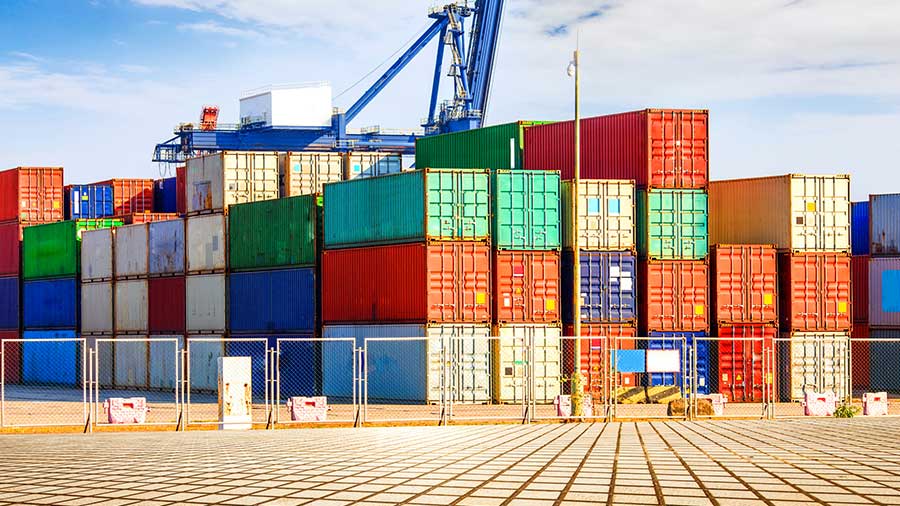As the year draws to a close, firms will likely need to perform a stocktake. With this in mind, the Vietnam Briefing runs through what firms need to do to ensure their stocktake is as simple, quick, and effective as possible.
Stocktakes are an essential aspect of business operations. In addition, inventory and asset stocktakes are mandatory procedures to verify the existence, completeness, and condition (e.g., damage, expiration) of a company's inventory and assets. These processes ensure that the value of inventory and assets is accurately and fairly reflected in the financial statements. They are compulsory for Foreign-Invested Enterprises (FIEs), particularly for manufacturing and trading companies with significant inventories and assets, as required by audit firms.
Furthermore, companies should prepare and conduct stocktakes more frequently to mitigate any costs associated with poor inventory management, such as discrepancies between accounting records and warehouse counts, as well as to monitor damaged or obsolete inventory and assets. Due to the materiality of these values and the potential for losses, stocktakes receive special attention and focus.
It is crucial to note that stocktakes not only involve verifying the quantity and condition of inventory and assets, but they also help a company assess the effectiveness of its internal control systems. Properly conducted stocktakes optimize management, reduce costs, and identify outdated or damaged products, allowing the company to implement corrective measures to maximize profits.
Stocktakes are a critical component of doing business. They help keep track of stock on hand, manage wastage, and ensure that a firm's records are accurate. However, stocktakes are not always straightforward. There are often specific nuances in how stocktakes should be performed depending on the type of business and local tax regulations. In this regard, Vietnam Briefing provides valuable insights for foreign firms conducting stocktakes in Vietnam.
Why does a business need to perform a stocktake according to Vietnamese regulations?
A business may need to perform a stocktake for any or all of the following reasons:
- Ensuring no discrepancy between the figures on their books and the inventory and assets on hand.
- Determining the quality/condition of inventory or assets being stock-taken: stagnant, damaged, or obsolete. In doing so firms can address and improve their efficiency or make provisions for the devaluation of assets at the end of the accounting period.
- Determining the quantity and level of completion of unfinished products, helping to calculate costing accurately.
- Determining the quantity and quality of raw materials, goods, assets, cash, and any other items at the end of the accounting period. This may impact the value of assets recorded in the firm’s financial statement at the end of the accounting period.
- Identifying stagnant, damaged, or obsolete assets. In doing so firms can address and improve their efficiency, or make provisions for the devolution of assets at the end of the accounting period.
- Fulfilling due diligence needs in situations such as the sale, purchase, merger, or division of a company.
When is a stocktake compulsory?
A stocktake in Vietnam must be performed:
- At the end of the accounting year;
- In the event an entity is divided, merged, dissolved, terminated, bankrupt, or is sold or leased;
- When the type or form of ownership is changed;
- In the event of damage due to a fire, flood, robbery, or the like;
- In case of damaged goods due to natural biochemical or other reasons that need to be destroyed; and
- When instructed to do so by a state agency in order to reevaluate a firm’s assets.
Note that cash should be counted, and the books should be reconciled daily.
Which types of assets need to be counted?
The assets that need to be counted in a stocktake in Vietnam include:
- Cash - including cash on hand and petty cash.
- Fixed assets - machinery and equipment, vehicles, etc
- Inventory - including raw materials, tools, finished products, unfinished products, and goods held at the company's warehouse and rented warehouses, or other similar storage locations.
Steps for an effective stocktake
Organize a stocktake plan
The first step in an effective stocktake in Vietnam is to put together a plan. This should include:
- Understand the types of inventory being managed: characteristics of the inventory (depending on the type of inventory, such as fabrics, garments, food products, or paper industry products).
- A timeline: How long will it take? When will it start and end?
- The location: Where will it be carried out?
- Understand warehouse characteristics (whether it’s a cold storage facility or requires special storage equipment).
- The participants: Who will perform the count? Who will consolidate and track the results?
- How to control the movement of goods during stocktake?
- What are the forms, and labels used in the stocktake process?
- Methods of counting for each specific type of inventory to ensure accurate quantity counting, along with proper marking and zoning of counted and uncounted inventory to minimize counting discrepancies.
- The objective: How will the results be compiled and presented?
Assemble the participants
Staff that should be a part of the stocktake include:
- The leader of the stocktake board;
- Any personnel in charge of managing assets and the firm’s inventory;
- The Chief Accountant; and
- Other staff independent of the above departments to ensure objectivity and accuracy.
Perform the stocktake
The next step is to carry out the stocktake. Firms should ensure they have an auditing firm to observe the stocktake to ensure it is carried out accurately. Note that auditing firms can usually provide full-package stocktake services. This can be helpful for firms to ensure they obtain transparent, accurate, and objective figures.
Create a stocktake report
After completing a stocktake, firms will need to compile the data they have collected into a stocktake report. This should include:
- The signatures of the inventory staff, the asset management staff, and the independent participants.
- Analysis of the figures by the stocktake council. These should be cross-checked with the figures from the fixed asset management department, the asset usage department, and the accounting department.
- The reconciliation results of the stocktake identify discrepancies between the stocktake report and the figures in the accounting ledger, if any. These should also be brought to the attention of the board of directors. The board of directors will decide how to handle each specific case for accounting recognition purposes.
Note: The specific procedures may vary depending on the type of business and the size of the company.
Further information
A stocktake in Vietnam can be painstaking and time-consuming; however, they are essential to ensure the accuracy of accounting records and to assess the efficiency of a firm’s operations.
Firms unfamiliar with the process or that need more support should contact the stocktake experts at Dezan Shira and Associates.






















